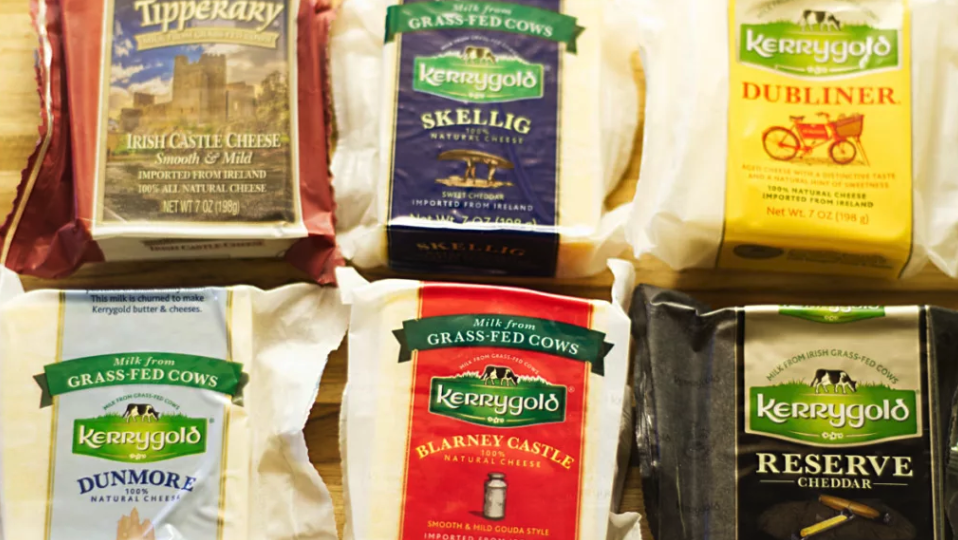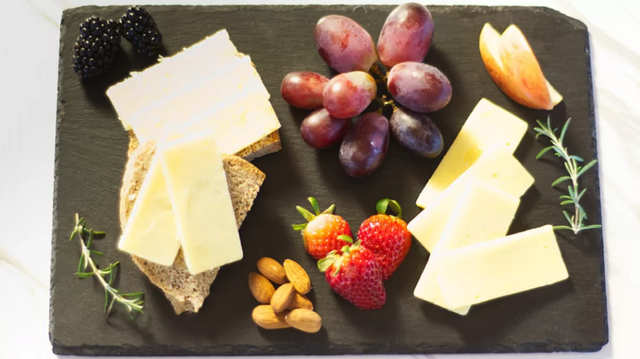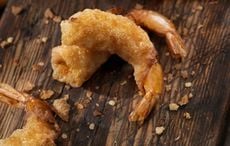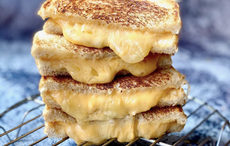Irish. Cheddar. Two words that make my heart melt! I grew up eating Ulster Cheddar at every meal (or so it felt!), but what was commonplace for me, may not be for you, so let’s delve into the world of Irish Cheddar.
Cheddar is the term given to a particular type of cheese originating from the village of Cheddar, in Somerset, England. This village is as well known for its strawberry production as its cheese. Cheddar cheese has no protected designation of origin. This means Cheddar cheese can be made anywhere in the world and still be called Cheddar cheese.
Champagne (effervescent alcoholic beverage) on the other hand, can only be called Champagne, if the sparkling beverage originates from the Champagne area of France. So, there is no such thing as Swedish Champagne for example.
What is Cheddar cheese?
So what exactly is Cheddar cheese? Cheddar cheese has the following attributes:
- Close-textured hard cheese
- made from pasteurized cow’s milk
- off white / cream in color
- sharp in flavor especially as it ages post 9 months
- becomes more crumbly in texture as it matures.
According to Science Direct, Cheddar cheese is probably the most widely purchased and eaten cheese in the world. It’s no surprise that Ireland, a country rich in grass-fed dairy comes in at the number three producer of cheese per capita. The number 1 country with the highest cheese production per capita is Denmark with New Zealand following in second place.
Ireland offers a temperate climate and plenty of rain that ensures grass grows easily. It is known for having one of the longest grass-growing seasons in the world, which means cows can graze on natural, healthy grass, for more days a year. Holstein-Friesians, Friesians and Jerseys make up the bulk of Irish dairy cows. These ladies get to work producing milk, which is in turn made into cheese.
According to the Observatory of Economic Complexity, Ireland exported $1.19B in cheese in 2020, making it the 8th largest exporter of cheese in the world. One of its destinations is the United States of America.
Cheeses to explore

What Irish cheddars will you try?
The easiest brand of Irish Cheddar to find in the U.S. is Kerrygold. Bloomberg praised Kerrygold as ‘having ‘Conquered America’s kitchens’ by turning consumers into vigorous, brand ambassadors.’
So, I bought a variety of Irish Cheddar (or so I thought – one turned out to be Gouda-style cheese) to give them a taste test. Before I show you the results, here is the line-up and what their manufacturers say about them:
- Tipperary Castle Irish Cheddar: aged over 12 months, rich creamy texture, delicious mild taste.
- Kerrygold Skellig: rich, creamy, tangy, butterscotch-like sweetness.
- Kerrygold Dubliner: robust flavor – somewhat sweet, somewhat nutty, hard texture.
- Kerrygold Dunmore: full flavored aged Cheddar.
- Kerrygold Blarney Castle: Gouda style (so not technically a Cheddar) mild, rich, creamy, velvety, (typical of a Gouda.)
- Kerrygold Reserve: sharp, strong, rich and smooth.
All of these Irish Cheddar cheeses are made from grass-fed, cow’s milk.
Taste test results
- Tipperary Castle Irish Cheddar: Creamy texture and mouthfeel, tasted like a younger Cheddar, balanced, mild to medium flavor with no particular flavor notes standing out.
- Kerrygold Skellig: Sharper flavor, that is well defined. Balanced, sweet overtones.
- Kerrygold Dubliner: subtle tangy flavor, sweet afternotes with straw overtones, firm texture.
- Kerrygold Dunmore: More developed flavor, sharpness is more pronounced. Crumbly due to aging.
- Kerrygold Blarney Castle: As this is a Gouda-style cheese, it was slightly waxy, mild and creamy. Similar in taste to Cheddar, it had a slight pasture taste, denoting its grass-fed milk content.
- Kerrygold Reserve: It had the sharpest flavor of all the cheeses tasted. Rich, almost a pine-like flavor. Creamy mouth feel with a slightly crumbly texture.
There were no real surprises to be honest. All the Irish Cheddars (I’m including the Blarney Castle in the mix as it tasted like a Cheddar but had the smooth texture of a Gouda) tasted, were similar in calorie count (110-120 calories per 1oz serving,) and similar in cost (although the Kerrygold Reserve was about 20% more expensive than the others.)
They are all made from the same ingredients – pasteurized grass-fed milk, salt, cheese cultures and enzymes. What will differentiate these Irish Cheddars is how long they have been aged, and how they have been aged.
How to serve Irish Cheddars
Irish Cheddars were made for wheaten bread and wheaten bread was made for Irish Cheddars.
Slice cheeses when chilled, immediately from the refrigerator and allow them to come to room temperature. This will take about 30 minutes.
Arrange on a board, slate or marble (the latter two will keep the cheese cool,) and garnish with seasonal fruit, nuts, fresh herbs, or whatever you would like.
Have a separate basket or plate containing plain or seeded crackers, oatcakes, flatbreads or Irish breads like wheaten or soda bread.
Chutneys and relishes can be served too, although for the subtle flavors associated with Irish Cheddar cheese, I recommend foregoing these toppings and reserving them for stronger much pungent cheeses like blue cheese.
Now, what to drink with Irish Cheddar cheese? Most people default to wine, especially oaky chardonnay, full-bodied cabernet or a Californian Zinfandel. The trend in beverage pairing with Irish Cheddars is whiskey and ale, especially Guinness. Whatever wets your whistle, and has your mouth watering in expectation of enjoying Irish Cheddars, is the best beverage to pair with these cheeses.
* Gillian Nyswonger is the Irish food blogger behind PrepareAndServe.com cooking traditional Irish recipes and food the Irish love! She was born and raised in Ireland but learned to cook in professional kitchens in the five countries she lived in, including the US. Most of her recipes are family heirlooms passed down to her. They are straightforward to follow with visual instructions, offer flexibility with ingredients and equipment, and include a US-to-European metric conversion chart.
Visit PrepareAndServe.com for more or follow her on Facebook, Instagram and Pinterest.




Comments